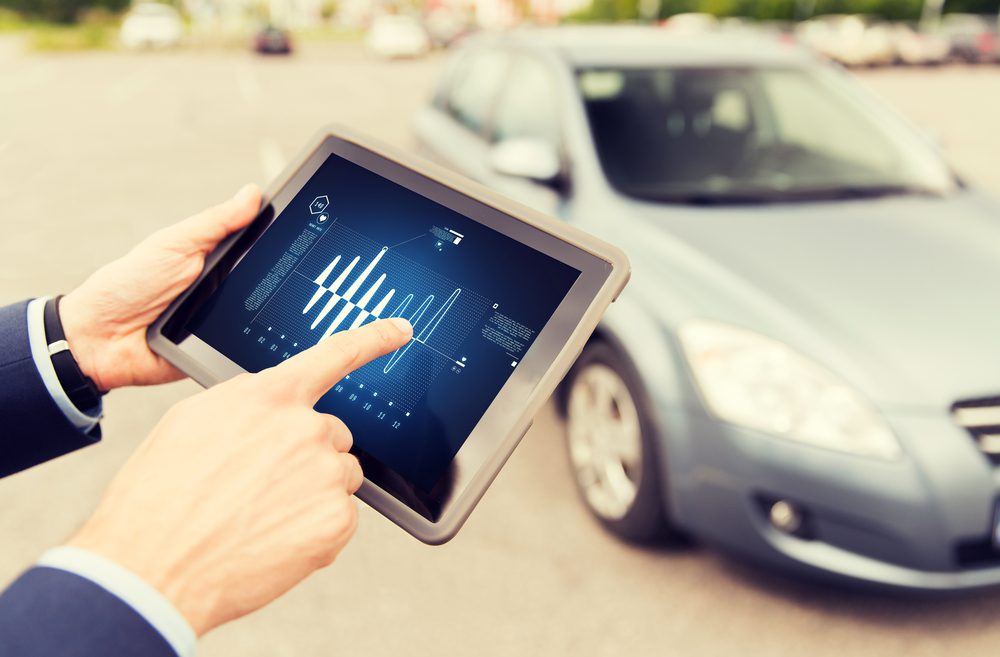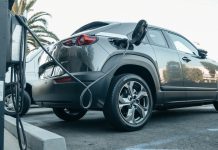You can prepare a steak and potato dinner in two ways. One is to meticulous cook the steak and potato, arrange it beautifully on a plate, and serve it with love and care. The other way is to throw a raw piece of steak and uncooked potato on a table. They have the same nutritional value, but one is more appetizing than the other. It’s all in the presentation.
Which one would you eat? You may be doing the same thing with your vehicles.
Although today is more different than it has ever been, it’s important to remember that your virtual showroom is now ever more valuable than ever. According to sweor.com, “It takes about 50 milliseconds (that’s 0.05 seconds) for users to form an opinion about your website that determines whether they like your site or not, whether they’ll stay or leave.” Since it’s the first time a customer walks onto your property, there needs to be a welcoming hand and smile to greet them. And at best, the showroom needs to be ready for business in a way it’s never had to be.
It would be easy to think that the buying process changes when the consumer is limited in the ability to come into the physical dealership, but you’d be mistaken. The buying process is still the same since your showroom, targeting, marketing, look, and feel form an opinion in the consumer’s mind. At that point, the prospective buyer is either interested in you, or they’re not. And if you’ve spent your money on driving people to the website but fail to convert them based on what they don’t see, these next paragraphs are for you. It’s probably time for you to do some effective merchandising and marketing at home.
The Basics
If you have a campaign, whether email or digital, some things need to be considered.
- Link your excellent content to either a proper vehicle landing page or campaign landing page. This gives you the ability to maximize your clicks and explain why the consumer goes deeper into the sales process.
- Address your lead communication directly to your target market
- Make sure your pricing and messaging are consistent in every channel you use, such as social, organic search, paid search, and any third-party services you use. Consistency, reach, and frequency are important in every channel.
Mastering these will provide you a head-start on many of your competition, but regardless of the response metrics you’ll report on, you have to consider if they actually sell cars. Unfortunately, the answer is no. So, what do you do?
Customers Don’t Always Come Through the Front Door.
As similar as the virtual showroom is to the brick and mortar store, there’s no single entry that you can control. Depending on the link that drives the person to the site, they could come into the homepage, a landing page, build and price, etc… A recent Adobe UX blog says, “Not all users are coming in through the front door. Only 10% are direct to the homepage, and the other 90% arrive on websites in various ways. This tells us that the starting (or entrance) point for a user could be any page on your site. The majority of traffic to websites never sees the homepage. Thus, a website homepage isn’t like the cover of a book. Every page on the website is responsible for creating the first impression and communicating its primary goal. Every page also has the responsibility to tell visitors where they are and what else they can do while they’re visiting the site.”
In part two, we’ll discuss the importance of image, stories, and tips on how to bring those to life. In our current market, image is vitally important, and that image will reflect on you and your profits.
Did you enjoy this article from Steve Mitchell? Read other articles from him here.
Be sure to follow us on Facebook and Twitter to stay up to date or catch-up on all of our podcasts on demand.

While you’re here, don’t forget to subscribe to our email newsletter for all the latest auto industry news from CBT News.








